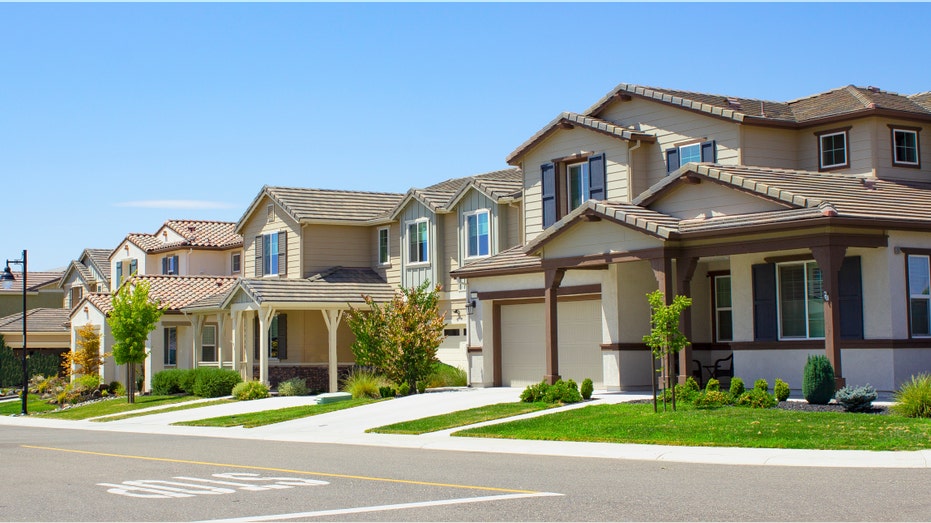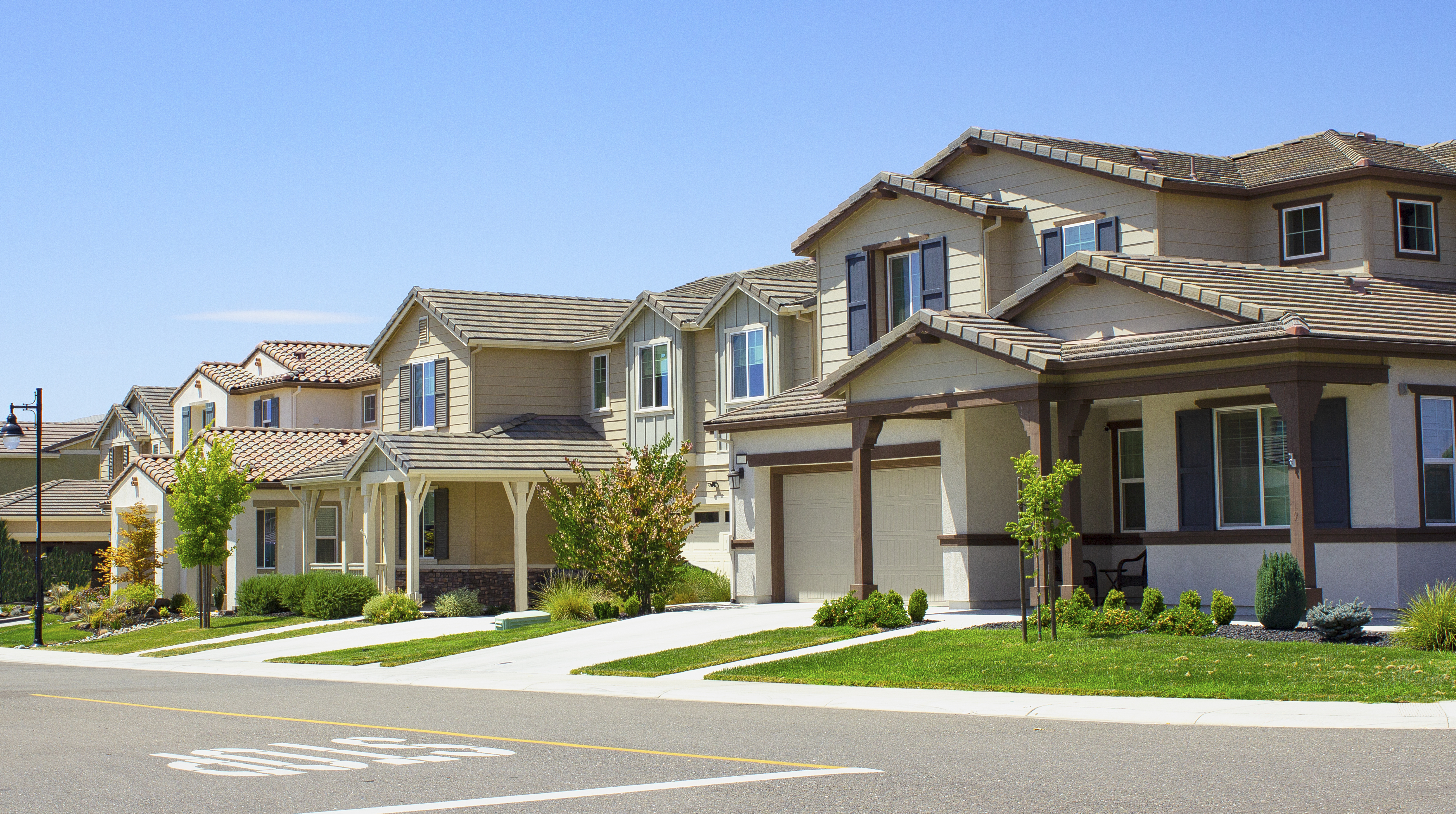Red-hot housing market fuels mortgage borrowing record
Lenders issued an estimated $1.61 trillion in purchase mortgages in 2021
Fox Business Flash top headlines for December 30
Check out what's clicking on FoxBusiness.com.
Americans borrowed more than ever to buy homes in 2021.
Mortgage lenders issued $1.61 trillion in purchase loans in 2021, according to estimates by the Mortgage Bankers Association. That is up slightly from $1.48 trillion in 2020 and above the previous record of $1.51 trillion in 2005.
GET FOX BUSINESS ON THE GO BY CLICKING HERE
The mortgage boom reflects a thriving housing market and the corresponding run-up in prices over the past year. Many of the forces that pushed Americans into the housing market in the early months of the pandemic -- low interest rates and a desire for bigger homes -- continue to drive up prices and mortgage balances. What's more, many Americans got raises and built up savings during the pandemic, giving them the means to buy.
"All of that extra income goes somewhere, and a lot of it went into housing," said Taylor Marr, deputy chief economist at Redfin Corp., a real-estate brokerage.

Home For Sale Real Estate Sign and Beautiful New House. (iStock / iStock)
The rate of home-price growth has slowed in recent months but remains near record levels. Home prices rose 19.1% in the year that ended in October. Sales of existing homes in 2021 were expected to reach their highest level since 2006.
A strong labor market and pay increases across a range of industries have spurred some potential home buyers to hit the housing market. Wages for all private-sector workers grew 4.6% year over year in the third quarter, according to the Bureau of Labor Statistics.
REITS ROMPED IN 2021 AS PROPERTY VALUES SOARED
"Buying a home is really a statement of confidence in your job situation, your financial situation, your family situation," said Mike Fratantoni, chief economist at the MBA.
Neel Kumar started looking for a home this summer after accepting a new job with a substantial salary increase. He found one in a community of homes under construction about 30 miles outside his hometown of Austin, Texas. Without the raise, Mr. Kumar said he wouldn't have been able to afford payments on the $405,000 home.

A sold sign stands in front of new home under construction in Houston. (AP Photo/David J. Phillip, File)
Younger buyers like Mr. Kumar, 27, have helped supercharge the housing market in recent years. Millennials, who were born in the early-1980s to mid-90s, submitted 67% of all first-time mortgage applications in the first eight months of 2021, according to CoreLogic.
BING CROSBY'S FORMER CALIFORNIA DESERT HOME HITS MARKET FOR $4.5M
Mr. Kumar got the keys to his home in late December.
"It was a pretty crazy feeling," he said. "Like, holy crap, this is actually happening."
The growth in purchase mortgages partly offset a decline in refinances, which fell to an estimated $2.3 trillion in 2021 from $2.6 trillion a year earlier. Total originations fell to an estimated $3.9 trillion from their 2020 record of $4.1 trillion.

New Homes in Northern California (iStock).
Rising mortgage rates have slowed the wave of refinances that drove the boom in mortgage lending since the spring of 2020. When rates go up, fewer homeowners can lower their monthly payments by refinancing. The Federal Reserve is expected to raise rates three times in 2022, which would push up mortgage rates even more.
SPRINGFIELD, ILLINOIS, REAL ESTATE: WHAT YOU CAN GET FOR $1.4 MILLION
About 59% of the $3.9 trillion in mortgages issued in 2021 were refinances, down from 64% in 2020. The refinance share is expected to fall to 27% by 2023, and volume is expected to fall by about 63% in 2022.
Economists don't expect rate increases to turn off potential home buyers. The average rate on a 30-year fixed mortgage is still hovering around 3%, low by historical standards.
Still, the surge in home prices outweighed rising incomes and low interest rates to push homeownership out of reach for many Americans.
CLICK HERE TO READ MORE ON FOX BUSINESS
Mortgages are less affordable relative to income than at any time since 2008, according to the Federal Reserve Bank of Atlanta. In early 2021, Americans needed about 29% of their income to cover a mortgage payment on a median-priced home, the Atlanta Fed estimated. That rose to 33% by October.
Write to Orla McCaffrey at orla.mccaffrey@wsj.com




















